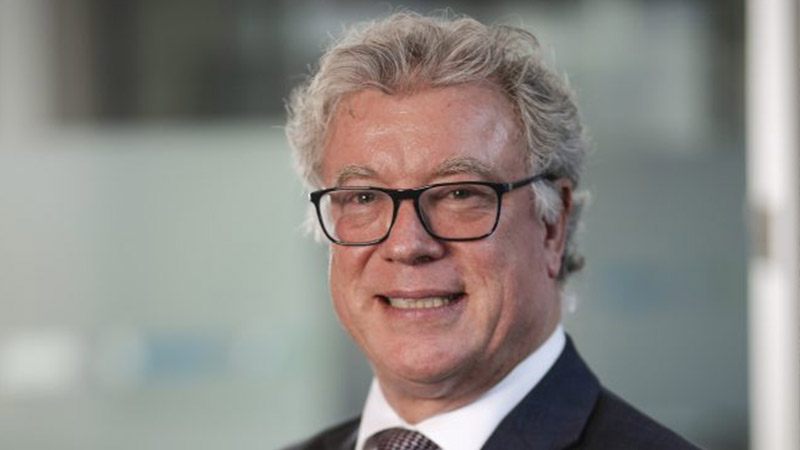Retirement review should nail down super objective: SMSFA
One of the key aims of the government’s forthcoming review of the retirement income system should be to develop an official objective for superannuation, according to the SMSF Association.
Addressing a recent Pritchitt Partners event in Sydney, SMSF Association chief executive John Maroney said the effectiveness of the SMSF sector and the broader super system into the future depended on the government eventually enshrining the purpose of super into law.
“We put in a submission before the Treasurer announced [the review] and we said it would be great if the terms of reference looked at the overall objective, because 30 years down from compulsory super we still don’t have an objective saying this is what the goals of the system are,” Mr Maroney said.
“Hopefully, our former chair Deborah Ralston and her colleagues on the panel, and subsequently government, will use this review to firm up on what the system is intended to do and they will look at the evidence.”
Mr Maroney elaborated that a number of policy settings would feed into this objective, such as the scale at which fund members were meant to accumulate and decumulate savings before and during retirement.
“What does an efficient drawdown of income in retirement look like? What is the optimal level of the super guarantee? What level of incentives should there be and how can the different pillars interact? There’s lots of different questions, some of which will be dealt with in the review,” he said.
“A lot will be dealt with after the review because then the community, the government and media will get into how do we take this system forward for the next one, two, three decades.”
Mr Maroney said the level of accumulation incentives was a key question for the SMSF sector in particular, given the extent to which SMSF assets came from voluntary rather than compulsory super contributions.
“Our sector is unique in that it has grown up with consumer demand, it has been allowed through the choice and competition mechanism and there’s more engagement. Eighty per cent of the money flowing in contribution-wise to SMSFs is voluntary and the rollovers come in because someone chooses to put money in the system, it’s not decided by somebody else,” he said.
“Of course, to maintain people’s willingness to save voluntarily for retirement, you need to have the social security and tax settings working to encourage that, because they do change over time and the economics change over time, so that is an important thing that the retirement income review will look at.”








